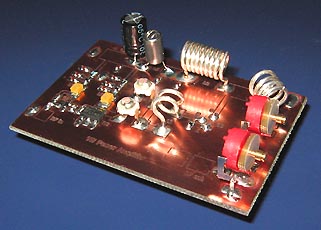
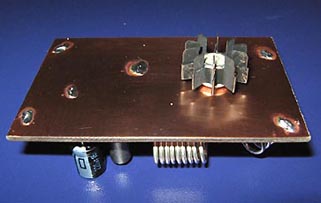
 Ipod Stereo FM transmitter with 1W output power.
Ipod Stereo FM transmitter with 1W output power.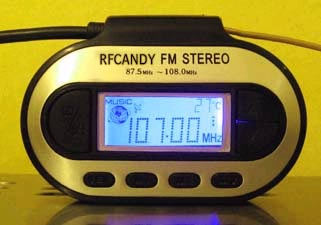 The transmitting signal is just a few micro watt and that is no good, right :-)
The transmitting signal is just a few micro watt and that is no good, right :-)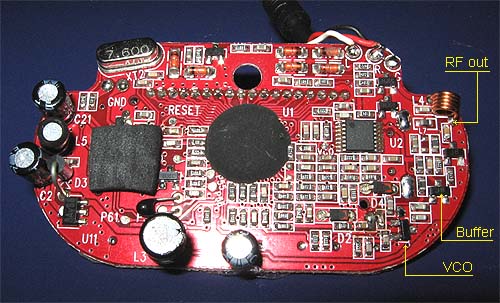
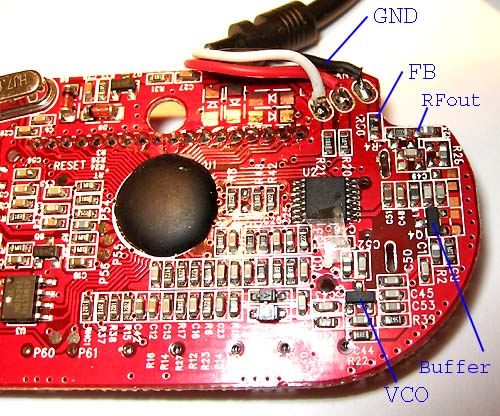
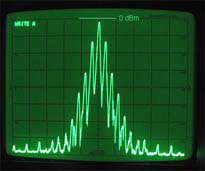
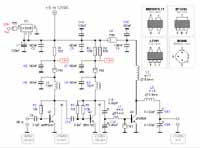 Hardware and schematic
Hardware and schematic
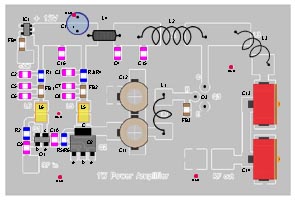
| ipod1.pdf | PCB file for Ipod Stereo FM transmitter with 1W output power (pdf). |
 |
 |
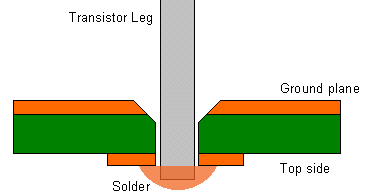
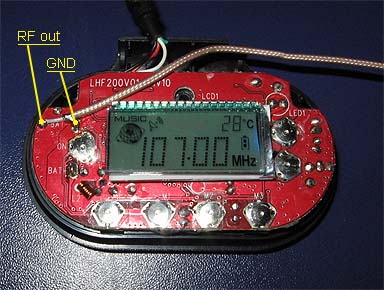 Sniffing RF from the FM transmitter PCB
Sniffing RF from the FM transmitter PCB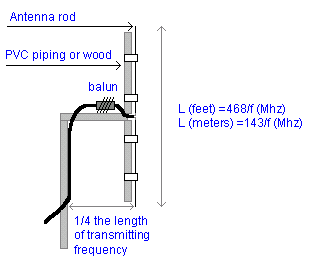 The antenna is a tuned unit itself and if it is not properly made, the energy from the transmitter will be reflected (from antenna)
back into the RF unit and burn up as heat. Lot of noise will be produced and eventually the heat will destroy the final transistor.
The antenna is a tuned unit itself and if it is not properly made, the energy from the transmitter will be reflected (from antenna)
back into the RF unit and burn up as heat. Lot of noise will be produced and eventually the heat will destroy the final transistor.
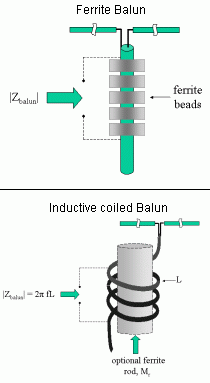
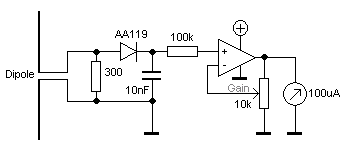 There is four capacitors C11 to C14 you have to tune for best performance.
There is four capacitors C11 to C14 you have to tune for best performance.
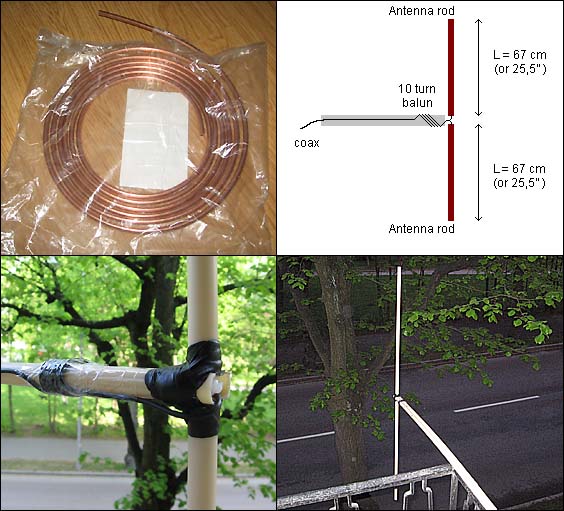
Frequency |
SWR |
Z (imp) |
102.00 MHz |
1.13 |
53.1 |
106.00 MHz |
1.56 |
32.2 |
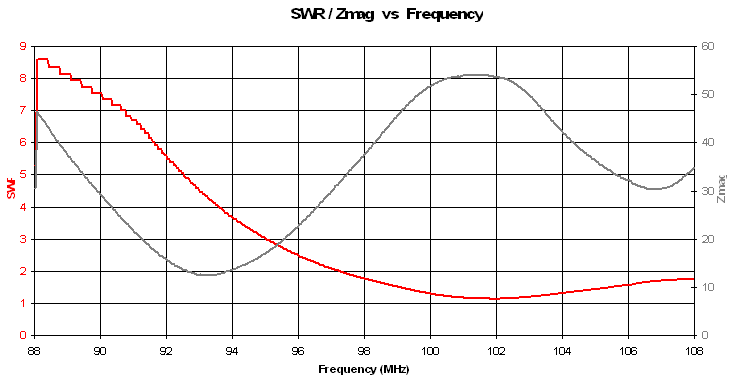
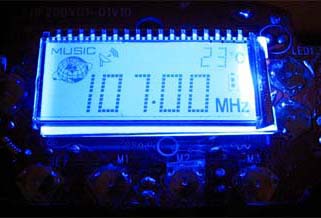
The kit cost = 45 Euro and includes all components + PCB. |
|
1 pcs |
|
1 pcs |
|
1 pcs |
|
1 pcs |
|
1 pcs |
|
4 pcs |
|
2 pcs |
|
1 pcs |
|
1 pcs |
|
1 pcs |
|
1 pcs |
|
2 pcs |
|
2 pcs |
|
2 pcs |
|
9 pcs |
|
1 pcs |
|
2 pcs |
|
1 pcs |
|
3 pcs |
|
1 pcs |
|
1 pcs |
|
|
Order here |
|